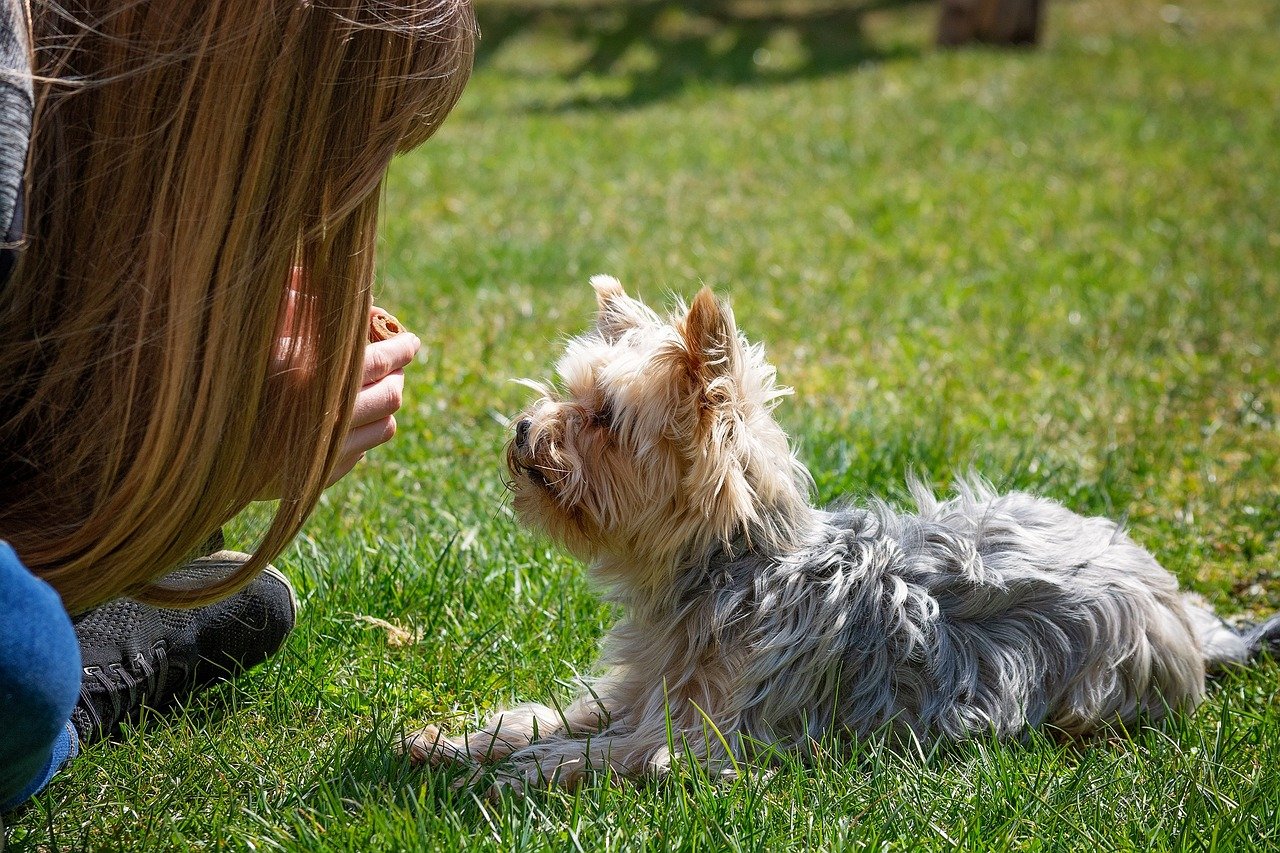Have you ever wondered why your beloved dog suddenly behaves like it’s on a mission to wreak havoc? You’re not alone. Many dog owners find themselves puzzled by their furry friend’s unexpected antics. But before you point fingers, it’s essential to understand that there might be more beneath the surface. Dogs, much like humans, have their reasons for acting out, and sometimes, it’s not just about being naughty. Let’s dive into the world of canine behavior and discover what’s really going on with your dog.
Understanding Canine Communication
When your dog starts acting out—chewing furniture, barking excessively, or ignoring commands—it’s easy to chalk it up to bad behavior. But what if there’s more to the story? Dogs communicate through actions, and sometimes what looks like mischief is actually a sign of stress, boredom, confusion, or even a health issue. Before pointing the finger at disobedience, it’s important to take a closer look at what might be happening beneath the surface.
Dogs, unlike humans, lack the ability to express themselves with words. Instead, they rely on a complex system of body language, vocalizations, and behaviors to communicate. Understanding this language is crucial in deciphering why your dog might be acting out. For instance, a wagging tail doesn’t always mean happiness; it could signify anxiety or excitement. Similarly, barking might be a call for attention, a warning, or simply a way to express joy. By paying attention to these subtle cues, you can better understand what your dog is trying to tell you and address its needs appropriately.
The Role of Environment in Behavior
Just as a cluttered, chaotic environment can overwhelm humans, dogs too can feel stressed in certain surroundings. Changes in their environment, such as moving to a new home, introducing a new pet, or even rearranging furniture, can disrupt their sense of security. This might lead to behaviors that seem unruly or destructive. It’s important to provide a stable and comfortable living space for your dog, where it feels safe and understood. Creating a consistent routine and offering a designated quiet space can help mitigate stress and promote positive behavior.
Health Issues That Influence Behavior
Sometimes, what appears to be bad behavior might actually be a sign of underlying health issues. Dogs can’t vocalize their discomfort, so they might resort to behavior changes to express pain or distress. For example, a dog that suddenly becomes aggressive or withdrawn might be suffering from arthritis, dental pain, or other ailments. Regular veterinary check-ups are essential to ensure your furry friend is in good health. By ruling out medical problems, you can focus on behavioral interventions if necessary.
The Impact of Breed Characteristics

Every dog breed comes with its own set of characteristics and instincts. While some breeds are naturally more energetic and playful, others might be reserved and calm. Understanding your dog’s breed can provide insights into its behavior and needs. For instance, a Border Collie might exhibit herding behaviors, while a Labrador Retriever might be more inclined towards fetching and swimming. Recognizing these traits allows you to tailor your interactions and training methods to suit your dog’s inherent nature.
Separation Anxiety: A Common Culprit
Separation anxiety is a prevalent issue among dogs, especially in those that have formed strong bonds with their owners. When left alone, these dogs might resort to destructive behaviors, such as chewing furniture or incessant barking, as a way to cope with their anxiety. Addressing separation anxiety requires patience and a gradual approach. Techniques such as desensitization, providing comforting toys, and using calming aids can help alleviate the stress your dog feels when you’re not around.
The Importance of Mental Stimulation
Dogs are intelligent creatures that thrive on mental stimulation. Without adequate mental challenges, they might become bored and resort to mischief. Providing toys that require problem-solving, engaging in interactive play, or teaching new tricks can keep your dog’s mind active and prevent boredom-induced behaviors. Remember, a tired dog is a well-behaved dog, so ensure your furry friend gets both physical exercise and mental engagement.
Training and Socialization: Building Blocks of Good Behavior

Training and socialization are fundamental aspects of a well-behaved dog. Proper training establishes boundaries and teaches your dog how to behave in various situations. Socialization, on the other hand, exposes your dog to different environments, people, and other animals, helping it become well-adjusted and confident. Consistent training and positive reinforcement can transform a seemingly unruly dog into a well-mannered companion.
Understanding Fear and Phobias
Just like humans, dogs can experience fear and phobias. Loud noises, unfamiliar people, or new environments can trigger fear-based reactions. Recognizing these triggers and working to desensitize your dog can significantly improve its behavior. Gradual exposure to the source of fear, paired with positive reinforcement, can help your dog overcome its anxieties and respond calmly in challenging situations.
The Emotional Needs of Your Dog

Dogs are social animals that thrive on companionship and affection. Failing to meet their emotional needs can lead to feelings of loneliness and subsequent behavioral issues. Spending quality time with your dog, offering affection, and engaging in activities that strengthen your bond can make a world of difference. Remember, a happy and emotionally fulfilled dog is less likely to exhibit bad behavior.
When to Seek Professional Help
If you’ve tried addressing your dog’s behavior with no success, it might be time to seek professional help. Certified dog trainers or behaviorists can provide insights and customized strategies to tackle specific issues. Sometimes, an unbiased perspective can uncover underlying problems you might have missed. Don’t hesitate to reach out for assistance; it’s a step towards ensuring a harmonious relationship between you and your furry friend.
In conclusion, before blaming your dog for its behavior, take a moment to consider what might be influencing its actions. By understanding the various factors that contribute to canine behavior, you can address the root causes and foster a nurturing environment for your pet. So, the next time your dog acts out, ask yourself: what might really be going on?

Andrew Alpin from India is the Brand Manager of Doggo digest. Andrew is an experienced content specialist and social media manager with a passion for writing. His forte includes health and wellness, Travel, Animals, and Nature. A nature nomad, Andrew is obsessed with mountains and loves high-altitude trekking. He has been on several Himalayan treks in India including the Everest Base Camp in Nepal.





